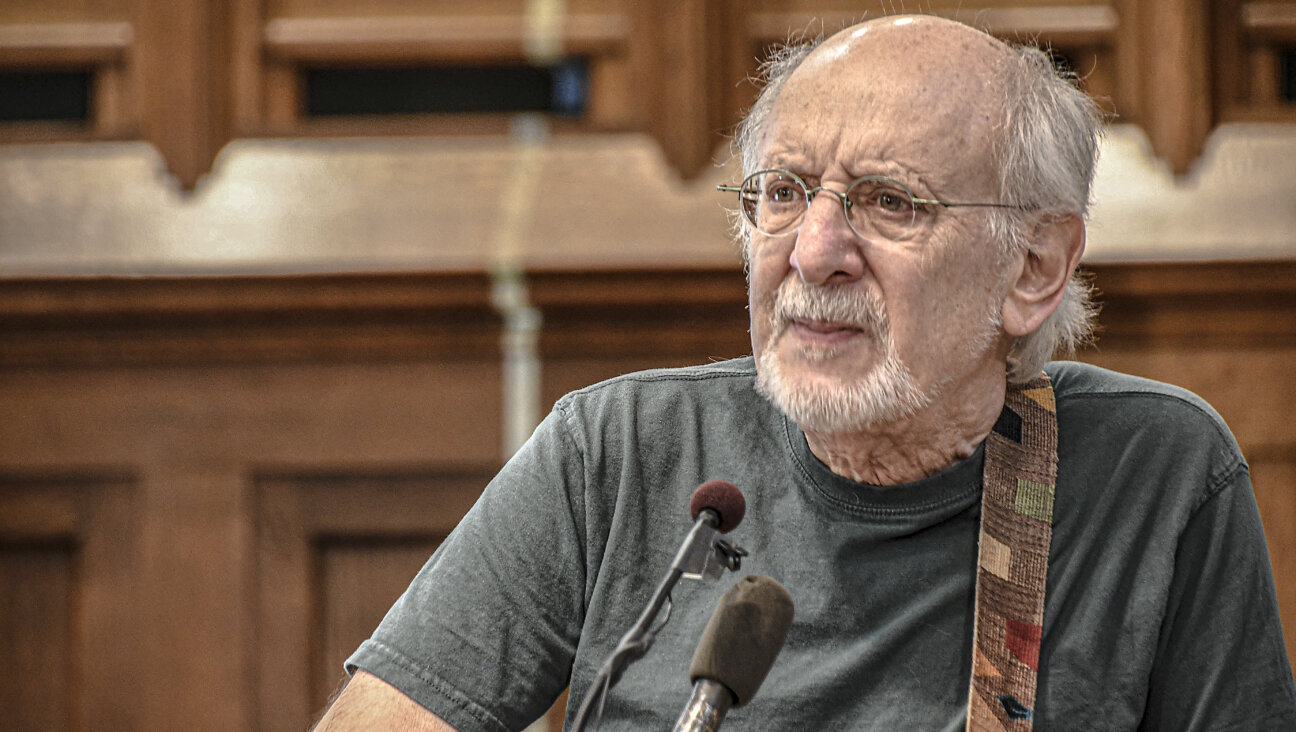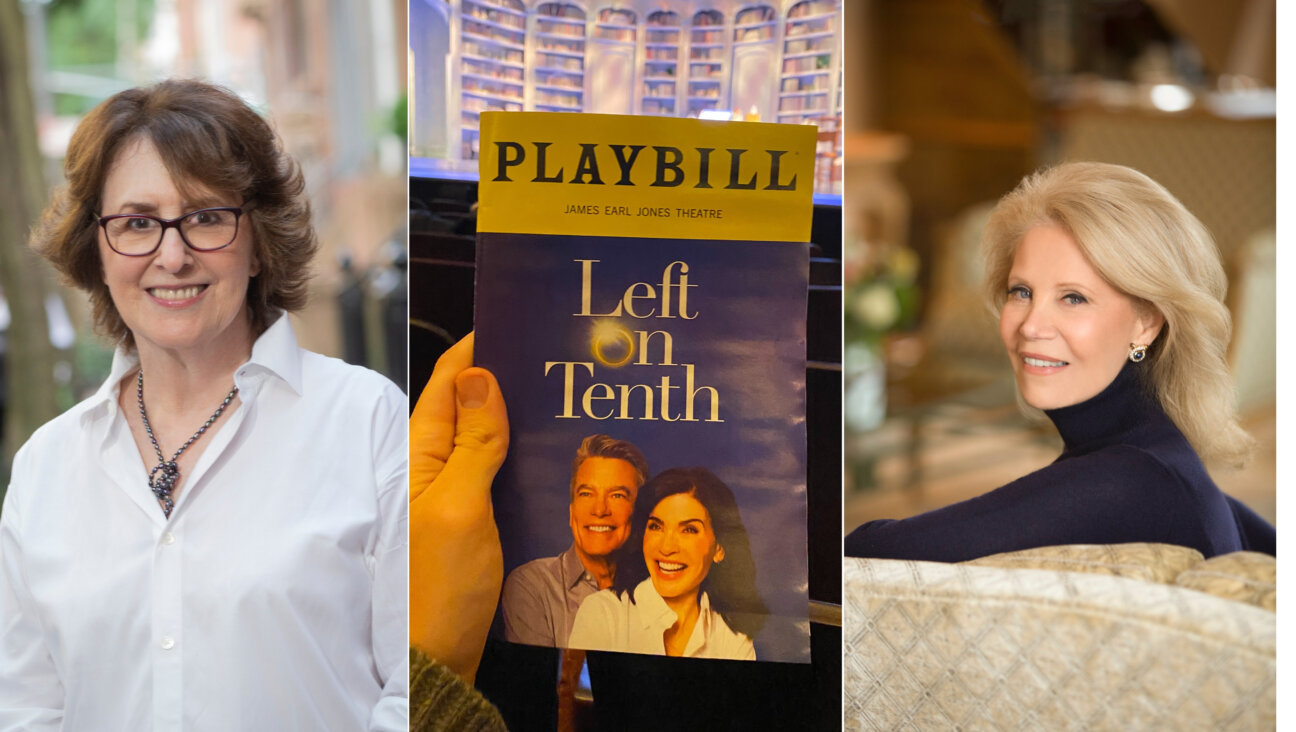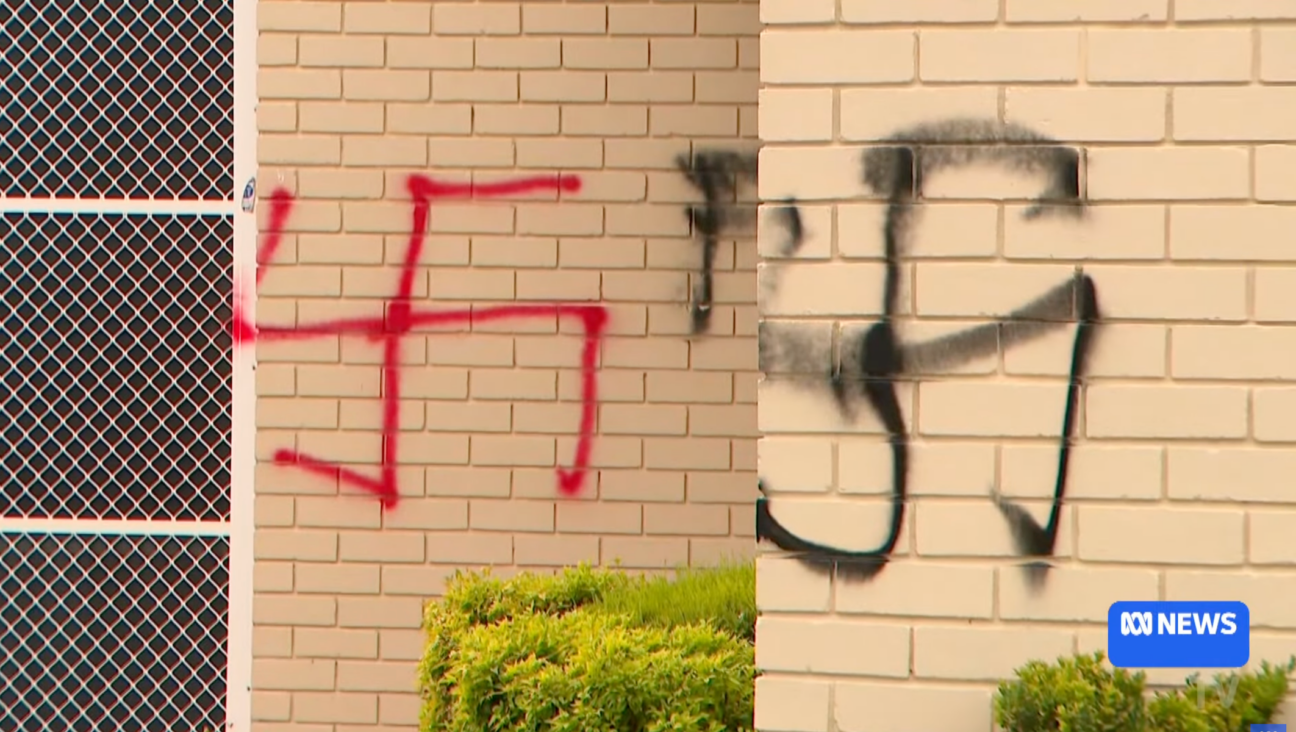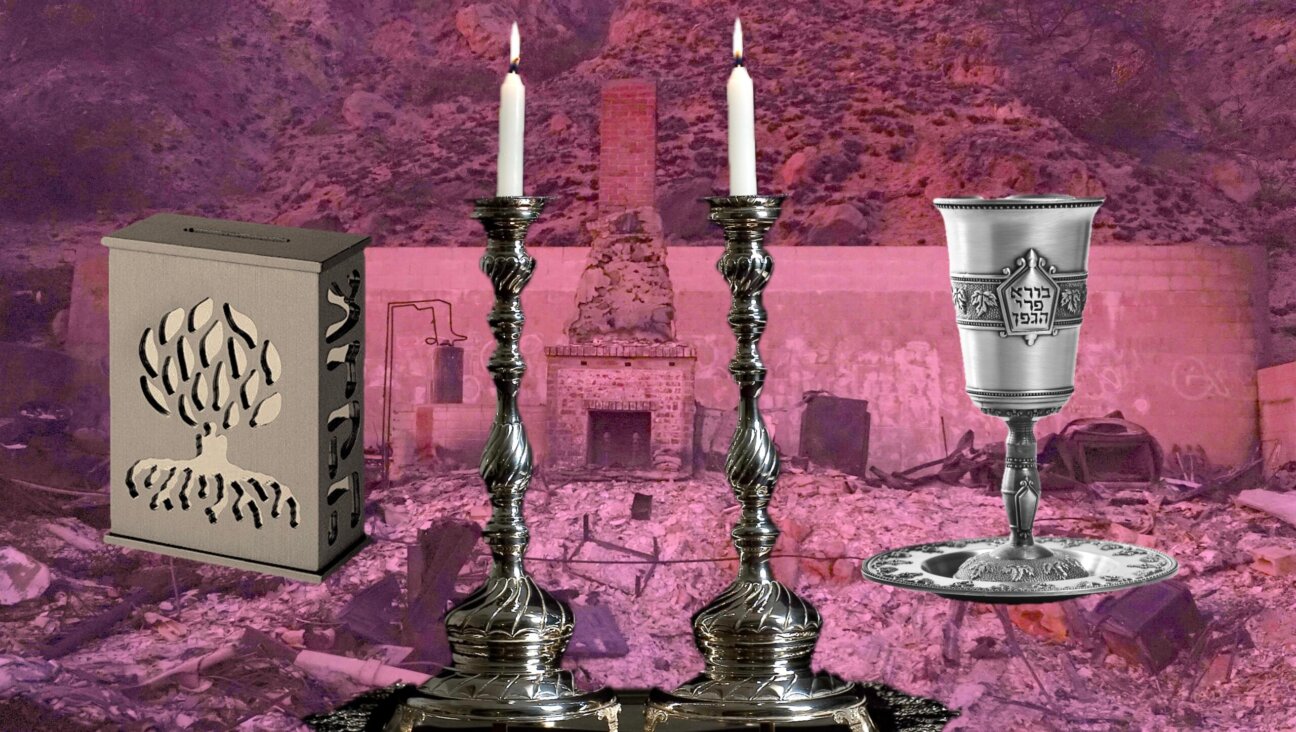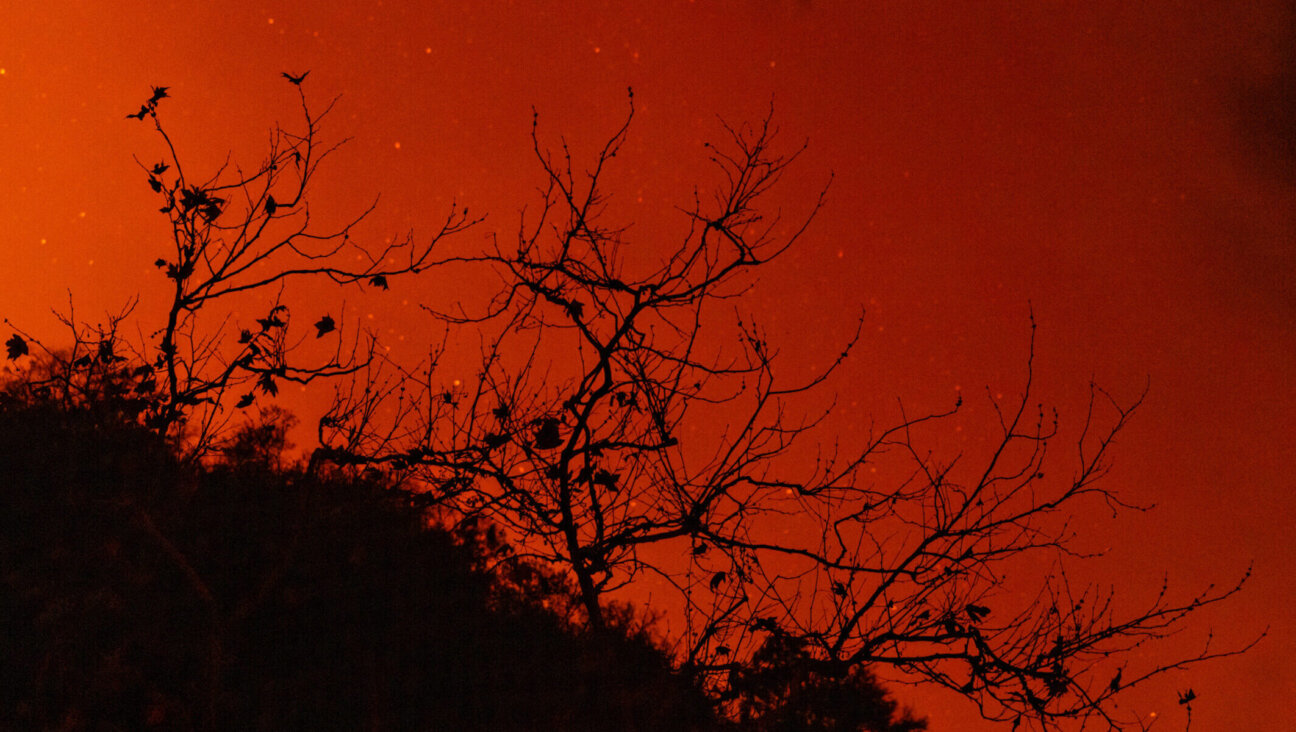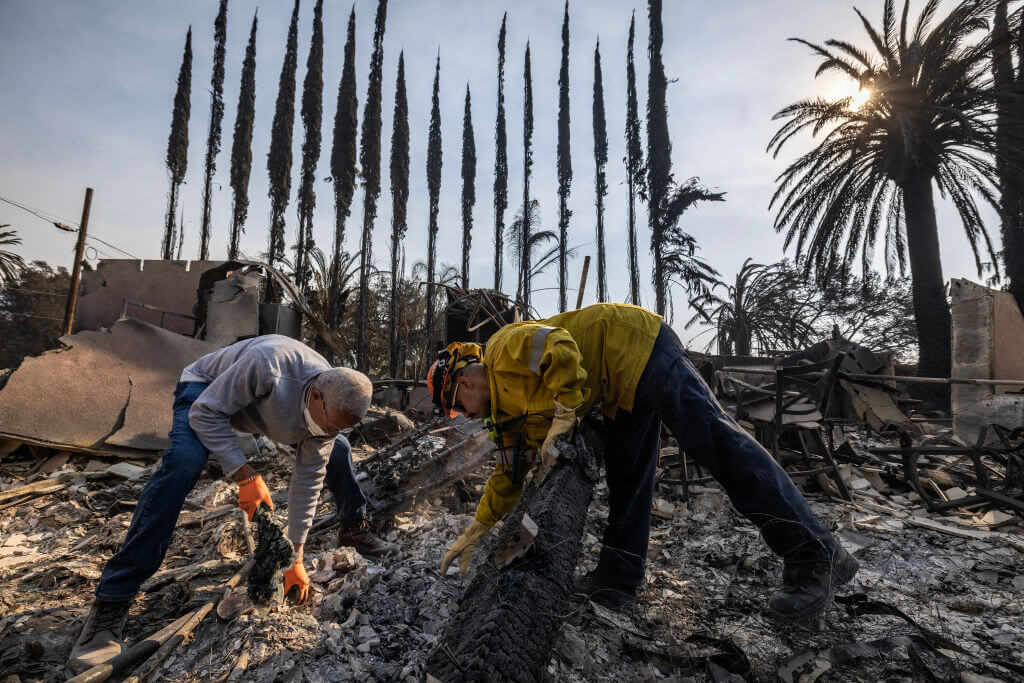New Curriculum Shines Spotlight On the Torah’s Heroic Women
When the Jewish Orthodox Feminist Alliance wanted to see more women included in Orthodox day-school lessons, the group started at the beginning — the very beginning.
JOFA’s gender-sensitive curriculum, titled “Bereishit: A New Beginning,” focuses on the matriarchs in the Book of Genesis. Intended to supplement, not supplant, existing day-school curricula, “Bereishit” is now being taught or piloted at a handful of modern Orthodox schools in New York and New Jersey.
It is a dream realized for Blu Greenberg, a founding mother of Orthodox feminism and founding president of JOFA, who has longed to see day schools give equal weight to the women of the Torah. “These young people live in this world and are aware of the multiple roles open to women,” Greenberg told the Forward. “If they learn the Torah in a way that honors our foremothers equally with our forefathers, they won’t feel a need to bifurcate traditional values — that were based on a hierarchy of male and female — and contemporary ones. The tradition is not in conflict with contemporary culture.”
The curriculum, designed for students in third and fourth grades, was not embraced without some initial hesitation. Gabi Zevi, an avowed nonfeminist and a third-grade teacher at SAR Academy in the Riverdale section of the Bronx, reluctantly started working in 2002 with the curriculum’s project director, Dr. Chaya Gorsetman, and her researchers, Amy Ament and Sara Hurwitz. Her reluctance dissipated, however, the day she went searching online for photos of Yom Kippur to post in her classroom. “Wherever I was looking, it was men davening,” Zevi said, noticing for the first time in her 24-year career the dearth of images of Jewish women at prayer. “It just woke me up. I don’t have to be a feminist to want to make sure that women are recognized.”
JOFA’s researchers observed Zevi’s classroom almost daily for a year, noting the children’s questions, and writing and revising lessons as Zevi tested them out on her students. The resulting curriculum actively encourages children as young as 8 to make probing, Rashi-like inquiries of Torah text. Reflecting on her own, very dissimilar education, Zevi said, “It’s a much deeper, wider kind of learning. And you know what? It’s a gutsier kind of learning.”
The curriculum animates the lives of the matriarchs using traditional rabbinic sources. For example: In Genesis 23:2, Sarah has died and Abraham comes to “mourn” (hesped) and “bewail” his wife. Noting that hesped is better translated as “eulogize,” the curriculum poses the question: Why does the Torah tell us that Abraham both cried for and eulogized Sarah? Quoting “Rabbi Yosef Adler, who learned it from Rav Yosef Soloveitchik,” the curriculum teaches that Sarah’s loss was not just a personal one for Abraham; it was a communal loss for the entire tribe. In other words, Sarah was a great Jewish leader in her own right. The children are encouraged to write their own eulogies for Sarah. It’s not difficult to imagine boys as well as girls benefiting from the knowledge that their heritage stands on the greatness of not just one person—Abraham—but two: Abraham and Sarah.
Three years in the making, the JOFA curriculum was developed with funds from a $138,000 grant from The Covenant Foundation and a $20,000 grant from the Jewish Women’s Foundation of New York. According to Pearl Beck, who evaluated the curriculum for The Covenant Foundation, it’s too early to discern the curriculum’s effect on children. The schools report that they have received no parental feedback, positive or otherwise. But the curriculum is already having a clear impact on teachers.
Listen to Yehudit Liebb, a third-grade teacher at Yeshivat Noam in Bergenfield, N.J., who learned the curriculum by studying with JOFA mentors. “My knowledge got richer,” Liebb said. “It was really learning, something you don’t have every day as an educator. It was important. The way to present this material really opened my eyes.” Liebb even began approaching other Jewish texts differently; the megillah, for instance, which is read on Purim. She found herself asking: If Jews were required to obey the civil law, which mandated that everyone bow down to the king, why did Mordecai not bow down to the king, like everyone else? Is he partially responsible for the woes of the Jews of Shushan? “That’s something I never saw before,” she said. She’s still mulling over that question and has yet to raise it in class. But the curriculum has, she said, “made me ask questions in places that had nothing to do with gender.”
Pearl T. Mattenson, an independent educational consultant who was not involved in developing the curriculum but did see an early draft of it, explained: “Teachers’ content knowledge affects the context in which they hear the students’ questions. If they’re energized by the process of studying the material, they’ll bring it into the classroom.” Introducing new curriculum into a school, however, takes work. “You can’t just plop a curriculum into a school and expect it will be taught well,” Mattenson said. Ideally, she says, teachers should study content together on a regular basis.
But schools have lots to teach in limited time, and a curriculum like this one, which places a premium on complexity and nuance, is demanding and may be seen as too difficult to implement. Teachers at the Ramaz School in Manhattan, for example, participated in piloting the curriculum, but the school ultimately decided not to continue working with JOFA. “It’s not our priority this year,” said Ramaz headmaster Rabbi Alan Berkowitz, praising the curriculum but explaining that there’s just so much professional development a school can take on in a year.
For his part, Rabbi Tomer Ronen, head of Yeshivat ben Porat Yosef, in Leonia, N.J., wishes JOFA’s offerings were more comprehensive — which is more a commentary on the state of Orthodox curricula in general than on JOFA’s in particular. He supports JOFA’s approach, but he doesn’t have access to a curriculum with equivalent strengths with respect to the patriarchs. “It is one side of the Chumash,” he said. “Talking about the whole picture will make a big difference.”
JOFA is currently getting the word out to Orthodox educators and lay leaders nationwide that this curriculum is available. According to JOFA executive director Robin Bodner, this is still a pilot year for “Bereishit,” and it will continue to be modified based on teacher feedback. Even when the pilot period officially ends this year, JOFA plans to continue refining the curriculum as necessary.
Two anonymous donors are funding the mentoring of teachers involved in the implementation of “Bereishit,” and paving the way for a gender-sensitive curriculum on the Book of Exodus, which is currently in the works. JOFA hopes to find partners who can help fund further development, and take over the role of mentoring teachers. Greenberg is less convinced that mentors must accompany the curriculum. “I feel we should try to get this into as many hands as possible,” she said. “It can stand on its own.” That might work —if teachers study it together.
A message from our Publisher & CEO Rachel Fishman Feddersen

I hope you appreciated this article. Before you go, I’d like to ask you to please support the Forward’s award-winning, nonprofit journalism so that we can be prepared for whatever news 2025 brings.
At a time when other newsrooms are closing or cutting back, the Forward has removed its paywall and invested additional resources to report on the ground from Israel and around the U.S. on the impact of the war, rising antisemitism and polarized discourse.
Readers like you make it all possible. Support our work by becoming a Forward Member and connect with our journalism and your community.
— Rachel Fishman Feddersen, Publisher and CEO









